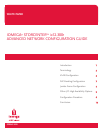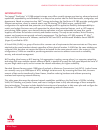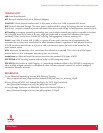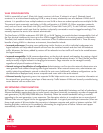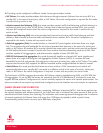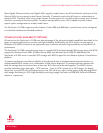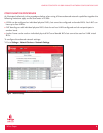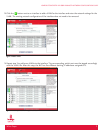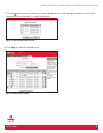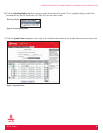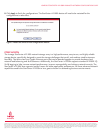
IOMEGA STORCENTER IX12-300R ADVANCED NETWORK CONFIGURATION GUIDE
4
NIC bonding can be configured in different modes. Some typical modes include:
t NIC failover: this mode provides adapter fault tolerance through automatic failovers from an active NIC to a
standby NIC in the case of switch port, cable, or NIC failure. No switch configuration is required for this mode.
It works with any switch or hub.
t Adaptive transmit load balancing (TLB): this mode provides transmit traffic load balancing and fault tolerance in
the event of switch port, cable, or NIC failure. Transmit load is balanced across member NICs, but normally
only one NIC accepts all receive load. No switch configuration is required for this mode. It works with any
switch or hub.
t Adaptive load balancing (ALB): this mode provides both transmit and receive traffic load balancing and fault
tolerance. Both transmit and receive loads are balanced across member NICs. No switch configuration is
required for this mode. It works with any switch or hub.
t Static link aggregation (SLA): this mode bundles or channels NIC ports together and shows them as a single
link. This increases the total bandwidth for the link and provides fault tolerance in the event of a switch port,
cable, or NIC failure. All member NICs must be linked to the same switch, and the switch must be configured
for SLA before the bond is created. It works with Cisco switches that have channeling mode set to ON, Intel
switches capable of link aggregation, and other switches capable of static IEEE 802.3ad.
t IEEE 802.3ad dynamic link aggregation: this mode dynamically bundles or channels NIC ports together and
shows them as a single link using the Link Aggregation Control Protocol (LACP). It increases the total
bandwidth for the link and provides fault tolerance in the event of switch port, cable, or NIC failure. This mode
requires that the switch fully supports the 802.3ad standard and be configured before the bond is created.
t Switch failover: this mode provides fault tolerance across switches. A NIC connected to one switch will
automatically failover to a standby NIC connected to a different switch in the event of a switch, switch port,
cable, or NIC failure. No switch configuration is required. It works with any switch, but not on hubs.
The StorCenter ix12-300r supports three modes: NIC failover, adaptive load balancing (ALB), and IEEE 802.3ad
link aggregation. To use the 802.3ad mode, the switch(es) that the ix12-300d device is connected to must also
support 802.3ad protocol. Configuration of a switch normally requires the service of a network administrator. The
other two modes do not require any switch-level configuration and are therefore are much simpler to implement.
JUMBO FRAME CONFIGURATION
A standard Ethernet frame size is 1518 bytes, containing 1500 bytes of payload (MTU). Each frame requires that
the network hardware and software process it. So if the frame size is increased, the same amount of data can be
transferred with fewer frames, thus reducing CPU utilization and increasing network throughput due to reduction
of network overhead. An Ethernet frame with more than 1500 bytes of payload is called a Jumbo Frame.
Conventionally Jumbo Frames can carry up to 9000 bytes of payload.
White Paper



